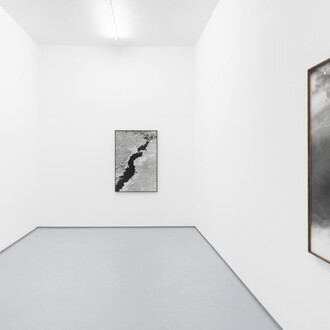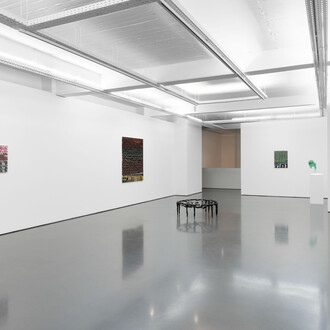The exhibition "Saudade", curated by Yuko Hasegawa, presented at Museu Coleção Berardo, and co-produced with the Fosun Foundation, gathers 16 artists from China and Portugal. The common denominator to these works is a reflection on the concepts of diversity, festivity, and ambiguity, as well as their intimate connection with the feeling of saudade—title to the exhibition, meaning the suffering caused by distance or the absence of something or someone.
By presenting works from the cultural heritages of both countries as a whole, this exhibition will surely invigorate the Sino-Portuguese relationship—as well as the understanding of who we are, where we are, and where we are going to.
"The untranslatable Portuguese word “saudade” conveys a desire for a past moment that may be forever unattainable. On many levels, this word speaks of our current situation—where we are prone to seeking comfort in the tender past when faced with the overwhelming despair generated by the uncertainty of our present and future.
In the midst of globalisation, consubstantiated in forms such as cross-border trade and cultural exchange, we are constantly seeking connection with others, as well as some degree of identification with ideals and hopes from the past and the future. Nevertheless, the ambiguous, unstable situation we are in makes it rather spiny for us to grasp anything for sure. In the background of multiculturalism, in which cultural integration is not yet fully accepted, there are huge differences in information, geography, ethnicity, and society; moreover, the further and deeper the internet sprawls, the more the syndrome of alienation and nostalgia gets reported—so is in China, so is in Portugal, so is elsewhere.
In trouble, at this time, saudade becomes an effective sedative. Reflecting on these notions, I have selected 16 artists from Portugal and China, among whose expressions two aspects stand out. The first one is the intertwining of concepts such as diversity, festivity, ambiguity, which often come in a whole. The other one is the works’ intimate connection with the narrative of saudade."
(Yuko Hasegawa, exhibition curator)
















